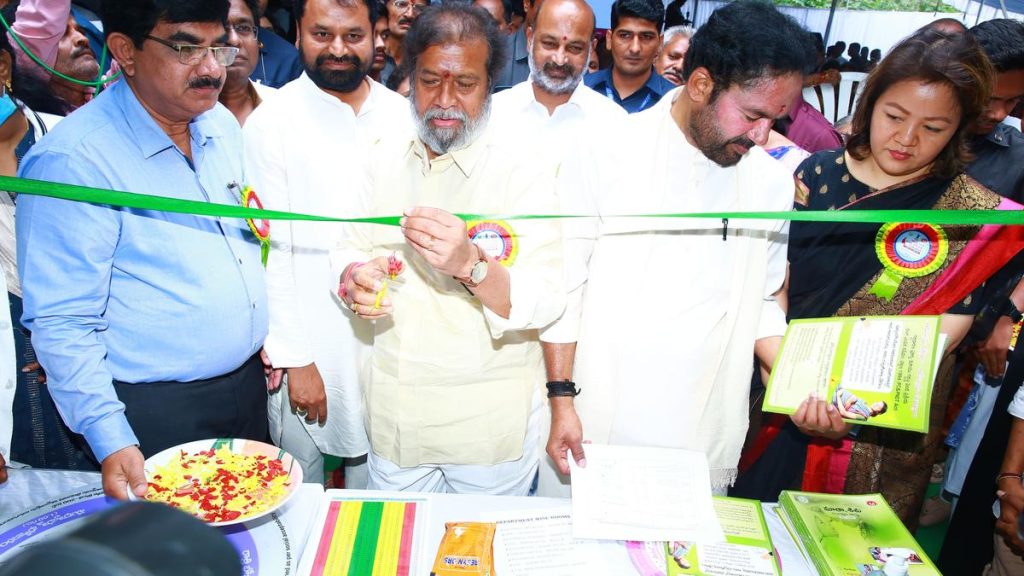Now Reading: Bengaluru Scientists Innovate Low-Cost Fruit Fly Trap, Pursue Global Patent
-
01
Bengaluru Scientists Innovate Low-Cost Fruit Fly Trap, Pursue Global Patent
Bengaluru Scientists Innovate Low-Cost Fruit Fly Trap, Pursue Global Patent

Swift Summary
- Issue: Farmers in India have struggled for years to protect mango, guava, sapota, adn other citrus crops from fruit fly infestations.
- Solution: Scientists at NBAIR Bengaluru (under ICAR) have developed the ‘Shatpada Fruit Fly Trap’ after three years of research and trials.
- Technology: The trap uses a controlled-release pheromone device that steadily emits chemical signals to attract and trap fruit flies.
- Features: It avoids flaws seen in earlier devices by using a semi-solid matrix that ensures even release over 45 to 90 days. Designed with durable recyclable plastic, it is indeed weather-resistant and reusable with new lures.
- Trials: Tested across orchards spanning 11 states in India under AICRP-Fruits; showed higher effectiveness compared to conventional traps while reducing pesticide reliance.
- Scalability & Cost benefits: No refrigeration needed, simple transport setup. Reportedly costs one-fourth of existing solutions, enhancing affordability for farmers.
- Patent Submission & Future Release: Patents being sought globally (US, Europe, Japan, China, Australia). Commercial availability expected soon as industries acquire the technology.
Indian Opinion Analysis
The Shatpada Fruit Fly Trap presents an innovative advancement in pest control tailored specifically for Indian farming conditions. By addressing long-standing deficiencies like rapid degradation or high replacement rates in traditional methods-and reducing dependency on pesticides-this device could significantly enhance crop yield quality while lowering operational costs for farmers across diverse climatic zones.
India’s agricultural sector faces consistent challenges such as pest infestations that lead to economic losses; thus scalable affordability of farm-level technologies like this is crucial toward broader adoption nationwide. The sustainable design aligns well with increasing global emphasis on environmental-pleasant farming practices.
if successfully commercialized at competitive pricing-as hinted by NBAIR-this breakthrough could not only improve the livelihoods of millions of farmers but also serve as an exportable innovation boosting India’s role as a leader in agri-tech advancement globally.
Read more: [Link provided above].






















